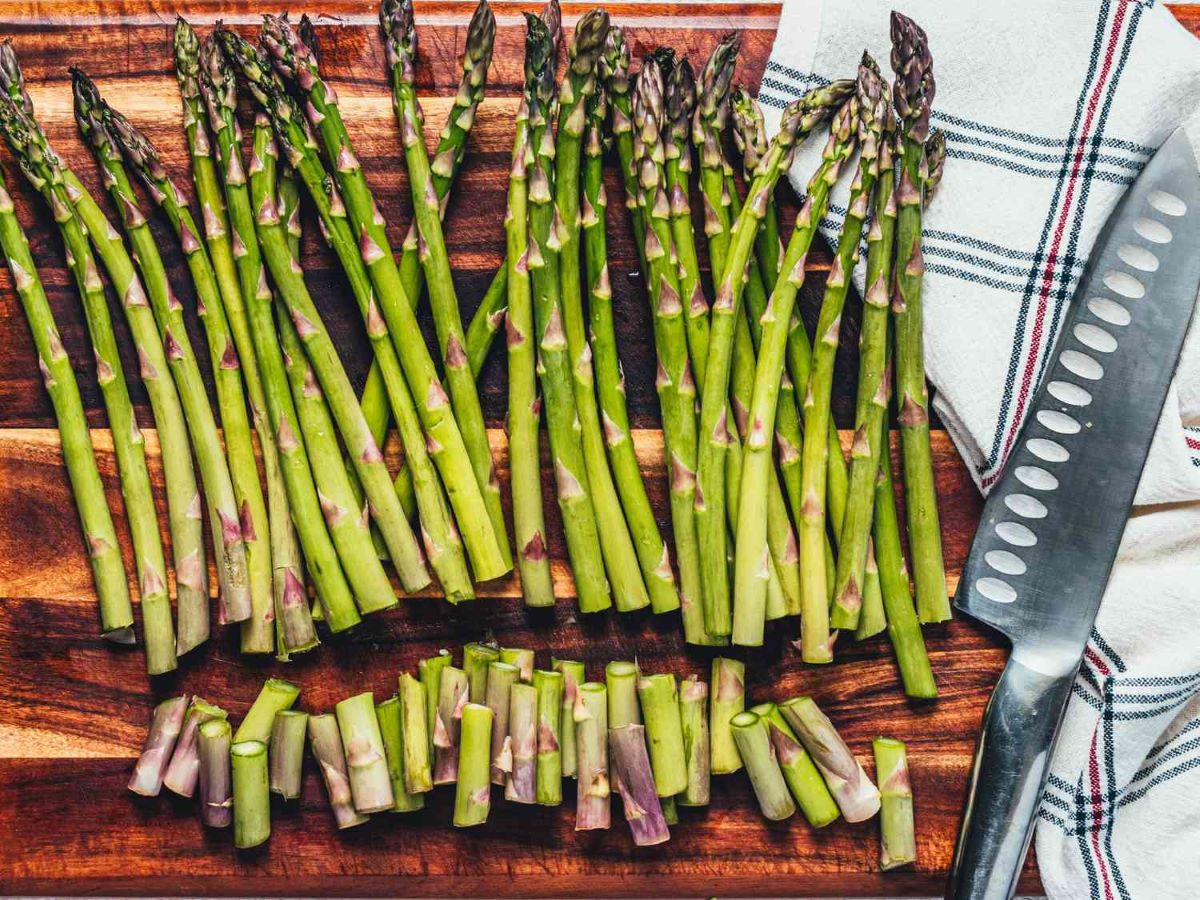

Articles
How To Store Fresh Cut Asparagus
Modified: August 17, 2024
Learn the best techniques for storing articles on how to store fresh cut asparagus to maintain its freshness and flavor. Find tips for refrigeration, freezing, and cooking methods to extend the lifespan of your asparagus.
(Many of the links in this article redirect to a specific reviewed product. Your purchase of these products through affiliate links helps to generate commission for Storables.com, at no extra cost. Learn more)
Introduction
Asparagus is a delicious and versatile vegetable that many people enjoy during the spring season. Whether you grow your own asparagus or purchase it from a local market, knowing how to store it properly is essential to maximize its freshness and flavor. By following a few simple steps, you can ensure that your fresh-cut asparagus stays crisp and tasty for as long as possible.
In this article, we will guide you on how to store fresh-cut asparagus to maintain its quality and extend its shelf life. We will cover various methods such as refrigeration, room temperature storage, freezing, and canning. By understanding these techniques, you can enjoy the rich taste of asparagus long after its harvest season has ended.
Key Takeaways:
- Properly storing fresh-cut asparagus is crucial for maintaining its flavor and crispness. Refrigeration is the best method, but freezing and canning are great options for long-term preservation.
- Choosing firm, vibrant asparagus and following proper preparation techniques are key to maximizing its shelf life. Whether refrigerating, freezing, or canning, these methods ensure delicious asparagus all year round.
Read more: How To Store Fresh Asparagus In Fridge
Choosing Fresh Asparagus
When it comes to storing asparagus, selecting the right bunch is crucial. Look for asparagus with firm stalks and tightly closed tips. The stalks should be straight and not have any signs of wilting or browning. Additionally, choose asparagus with vibrant green color as this indicates freshness.
It’s also important to consider the thickness of the asparagus spears. Thicker spears tend to have a more intense flavor and a slightly longer shelf life compared to thin spears. However, both thin and thick asparagus can be stored using the methods outlined in this article.
If you’re purchasing asparagus from a grocery store or farmers market, check for any signs of moisture in the packaging. Excess moisture can promote spoilage, so it’s best to choose asparagus that is dry and free of any moisture beads or droplets.
For those who grow their own asparagus, the best time to harvest is in the morning when the stalks are at their freshest. Simply cut the asparagus at ground level, leaving at least two inches of the stalk intact. Harvested asparagus is at its peak freshness, and it’s important to store it properly to maintain its flavor and texture.
Preparing Asparagus for Storage
Before storing fresh-cut asparagus, it’s essential to properly prepare it to ensure optimal freshness and quality. Follow these steps to prepare your asparagus for storage:
- Trim the bottoms: Start by removing the tough woody ends of the asparagus stalks. Hold each spear near the bottom and bend it gently until it snaps. The spear will naturally break at the point where it becomes tender. Discard the tough ends.
- Wash the asparagus: Rinse the asparagus spears under cool running water to remove any dirt or debris. You can use a gentle brush to scrub off any stubborn residue. Pat them dry with a clean kitchen towel or paper towels to remove excess moisture.
- Bundle the asparagus: Group the asparagus spears together in small bundles, about 4-5 spears per bundle. Use kitchen twine or a rubber band to secure the bundles tightly. This helps to prevent the spears from drying out and also makes it easier to store them.
By trimming, washing, and bundling the asparagus, you are taking the necessary steps to maintain its freshness and flavor during storage. Once the preparation is complete, you can choose from various storage methods depending on your preference and the expected duration of storage.
Storing Asparagus in the Refrigerator
The refrigerator is the most common and effective way to store fresh-cut asparagus. Follow these steps to store asparagus in the refrigerator:
- Place the asparagus bundles in a plastic bag: Place the bundled asparagus spears in a plastic bag, loosely sealing the bag to allow for airflow. You can also use a damp paper towel to wrap around the bottom ends of the spears to keep them hydrated.
- Store in the vegetable compartment: Put the bag of asparagus in the vegetable compartment or crisper drawer of your refrigerator. The cool and humid environment of the vegetable compartment helps to keep the asparagus fresh and crisp.
- Check and rotate: Periodically check the asparagus for any signs of moisture, mold, or wilting. If needed, dampen the paper towel or replace it with a fresh one.
- Use within a week: For the best flavor and texture, it is recommended to use the stored asparagus within a week. However, properly stored asparagus can remain fresh for up to two weeks.
Storing asparagus in the refrigerator helps to maintain its crispness and prolong its shelf life. It is important to note that asparagus is a delicate vegetable and can easily absorb odors from other foods in the refrigerator, so try to keep it away from strong-smelling items like onions or garlic.
If you notice any signs of spoilage such as a slimy texture, an unpleasant smell, or discoloration, it’s best to discard the affected asparagus and use the remaining fresh spears promptly.
Storing Asparagus at Room Temperature
While storing asparagus in the refrigerator is the preferred method, you can also store it at room temperature for short periods. Here’s how to store asparagus at room temperature:
- Trim the bottoms: Follow the same steps mentioned earlier to trim the tough ends of the asparagus stalks.
- Place in a container: Fill a glass or a container with a few inches of water and place the trimmed asparagus spears inside, with the cut ends submerged in the water. This method helps to keep the asparagus hydrated and maintain its freshness.
- Store in a cool place: Find a cool spot in your kitchen, away from direct sunlight and heat sources, to place the container of asparagus. It’s important to keep the asparagus away from heat, as it can cause the spears to wilt and spoil more quickly.
- Monitor and use promptly: Check the water level in the container daily and replenish if necessary, ensuring that the cut ends of the asparagus remain submerged. It is recommended to use the asparagus within a day or two to maintain its flavor and quality.
Storing asparagus at room temperature is not ideal for long-term storage. The warm environment can cause the asparagus to become limp and lose its freshness more quickly. Therefore, it is best to consume the stored asparagus as soon as possible or transfer it to the refrigerator for extended shelf life.
Remember to inspect the asparagus regularly for any signs of spoilage, mold, or wilting. If any of these signs are present, it’s best to discard the affected spears and use the remaining fresh ones promptly.
To store fresh cut asparagus, trim the ends and place the spears upright in a jar with about an inch of water. Cover the tops with a plastic bag and refrigerate for up to a week.
Read more: How To Store Asparagus
Freezing Fresh Asparagus
Freezing is a great option if you want to extend the shelf life of fresh-cut asparagus for several months. Freezing helps to preserve the flavor and texture of the asparagus. Follow these steps to freeze fresh asparagus:
- Blanch the asparagus: Start by blanching the asparagus to help retain its color, texture, and nutrients. Bring a pot of water to a boil and add the trimmed asparagus spears. Blanch them for 2-3 minutes, or until they are bright green and slightly tender.
- Cool in an ice bath: After blanching, immediately transfer the asparagus to an ice bath. This stops the cooking process and preserves the crispness of the spears. Let them sit in the ice water for 2-3 minutes, then drain and pat dry.
- Portion the asparagus: Divide the asparagus into portion sizes based on your needs. You can either leave them as whole spears or cut them into smaller pieces, depending on how you plan to use them in the future.
- Package for freezing: Place the portioned asparagus into freezer-safe bags or airtight containers. Make sure to remove excess air from the packaging to prevent freezer burn. Label the bags or containers with the date for easy reference.
- Freeze and store: Put the packaged asparagus in the freezer and store them in a flat position to prevent them from getting crushed. The frozen asparagus can be kept for up to 8-12 months.
When you’re ready to use the frozen asparagus, there’s no need to thaw them. You can directly add them to your favorite dishes like stir-fries, soups, or roasted vegetables. Freezing is a convenient way to have asparagus available all year round, even when it’s out of season.
Please keep in mind that the texture of the thawed asparagus may be slightly softer compared to fresh asparagus. However, the flavor and nutritional value will still be preserved, making it a worthwhile option for preserving the vegetable.
Canning Fresh Asparagus
Canning is a great method to preserve fresh asparagus for an extended period. By canning the asparagus, you can enjoy its delicious taste and nutritional benefits even when it’s out of season. Here’s how to can fresh asparagus:
- Prepare the asparagus: Start by washing and trimming the asparagus spears, removing the tough ends. Cut the spears into lengths that will fit into your canning jars.
- Prepare the canning jars: Wash the canning jars, lids, and bands with warm soapy water. Rinse them thoroughly to ensure they’re clean. Then, sterilize the jars by submerging them in a pot of boiling water for 10 minutes. Sterilize the lids and bands separately by placing them in a pot of simmering water.
- Blanch the asparagus: Blanch the asparagus spears in boiling water for 2-3 minutes. This helps preserve their color, texture, and flavor. After blanching, immediately transfer them to an ice bath to cool down and stop the cooking process.
- Pack the jars: Remove the sterilized jars from the pot and fill them with the blanched asparagus spears. Pack them tightly, leaving about an inch of headspace at the top of each jar.
- Prepare the canning liquid: In a separate pot, prepare a brine solution by combining vinegar, water, and salt. Bring the mixture to a boil and then pour it over the asparagus in each jar, making sure that the spears are completely covered.
- Seal the jars: Use a clean towel to wipe the rims of the jars to ensure there is no food residue. Place the sterilized lids on top and screw on the bands until they are snug but not overly tight.
- Process the jars: Place the filled and sealed jars in a canning pot or pressure cooker. Process the jars according to the canning instructions specific to your altitude and equipment. This typically involves boiling the jars for a specified period to create a vacuum seal.
- Store and cool: After processing, carefully remove the jars from the pot and place them on a towel to cool. As they cool, you may hear a popping sound, indicating that the jars are properly sealed. Leave the jars undisturbed for 24 hours to allow for complete cooling and sealing.
- Check the seals: After 24 hours, check the seals of the jars by pressing down on the center of each lid. If the lid is firm and does not pop back, it means the jar is properly sealed. Any jars with unsealed lids should be refrigerated and consumed within a few days.
- Store and enjoy: Label the sealed jars with the date and store them in a cool, dark place. Canned asparagus can last for up to 1-2 years when stored properly. Before consuming, always check for any signs of spoilage or unusual odor.
Canned asparagus is a versatile ingredient that can be used in various recipes such as soups, salads, quiches, or as a side dish. It provides a taste of fresh asparagus all year round and is a wonderful addition to your pantry.
Tips for Extending Asparagus Shelf Life
To maximize the freshness and shelf life of your asparagus, consider these tips:
- Buy fresh asparagus: Choose asparagus with firm stalks, tightly closed tips, and vibrant green color. Avoid bunches with wilted or browning stalks.
- Handle with care: Asparagus is delicate, so handle it gently to avoid bruising or snapping the stalks.
- Store in the refrigerator: Refrigeration is the best method for storing asparagus. Keep it in the vegetable compartment or crisper drawer.
- Trim and bundle: Before storing, trim the tough ends and bundle the asparagus spears to maintain their moisture and prevent drying out.
- Check for moisture: Asparagus is prone to spoilage if it becomes too moist. Check for any signs of excess moisture and remove it to prevent mold growth.
- Keep away from odorous foods: Asparagus can absorb odors easily, so store it away from strong-smelling foods like onions or garlic.
- Rotate your stock: Use the “first in, first out” rule when consuming asparagus. This ensures that you use the oldest asparagus first, preventing any spoilage.
- Consider freezing or canning: If you have an abundance of asparagus, freezing or canning it can help extend its shelf life for months to enjoy later.
- Proper labeling: When freezing or canning asparagus, label the containers with the date to ensure you know how long it has been stored.
By following these tips, you can extend the shelf life of your fresh-cut asparagus, allowing you to enjoy its crispness and flavor for a longer period. Whether you choose to refrigerate, freeze, or can your asparagus, proper storage techniques are key to preserving its quality.
Conclusion
Storing fresh-cut asparagus properly is essential to maintain its freshness, flavor, and nutritional value. Whether you choose to refrigerate, store at room temperature, freeze, or can your asparagus, each method has its advantages and can help extend its shelf life.
Refrigeration is the most common and recommended method for storing asparagus, as it helps to keep the spears crisp and fresh. Remember to trim, wash, and bundle the asparagus before placing it in the refrigerator. Additionally, be cautious of odorous foods that can affect the flavor of the asparagus.
Storing asparagus at room temperature is an option for short-term storage, but it’s not as effective as refrigeration. Use this method only for a couple of days to maintain the flavor and texture of the asparagus.
If you have an abundance of fresh asparagus, freezing or canning is a great way to preserve it for a longer period. Blanching the asparagus before freezing helps retain its color and texture, while canning allows you to enjoy the flavor of asparagus even when it’s out of season.
Remember to follow proper storage techniques, including labeling your containers and regularly checking for signs of spoilage.
By implementing these storage methods and tips, you can enjoy the goodness of fresh asparagus for an extended period. Whether it’s adding a vibrant touch to your salads, incorporating them into delicious recipes, or enjoying them as a side dish, properly stored asparagus will always be a delightful addition to your meals.
So go ahead and make the most of this wonderful vegetable by storing it correctly and savoring its delicious taste throughout the year!
Frequently Asked Questions about How To Store Fresh Cut Asparagus
Was this page helpful?
At Storables.com, we guarantee accurate and reliable information. Our content, validated by Expert Board Contributors, is crafted following stringent Editorial Policies. We're committed to providing you with well-researched, expert-backed insights for all your informational needs.


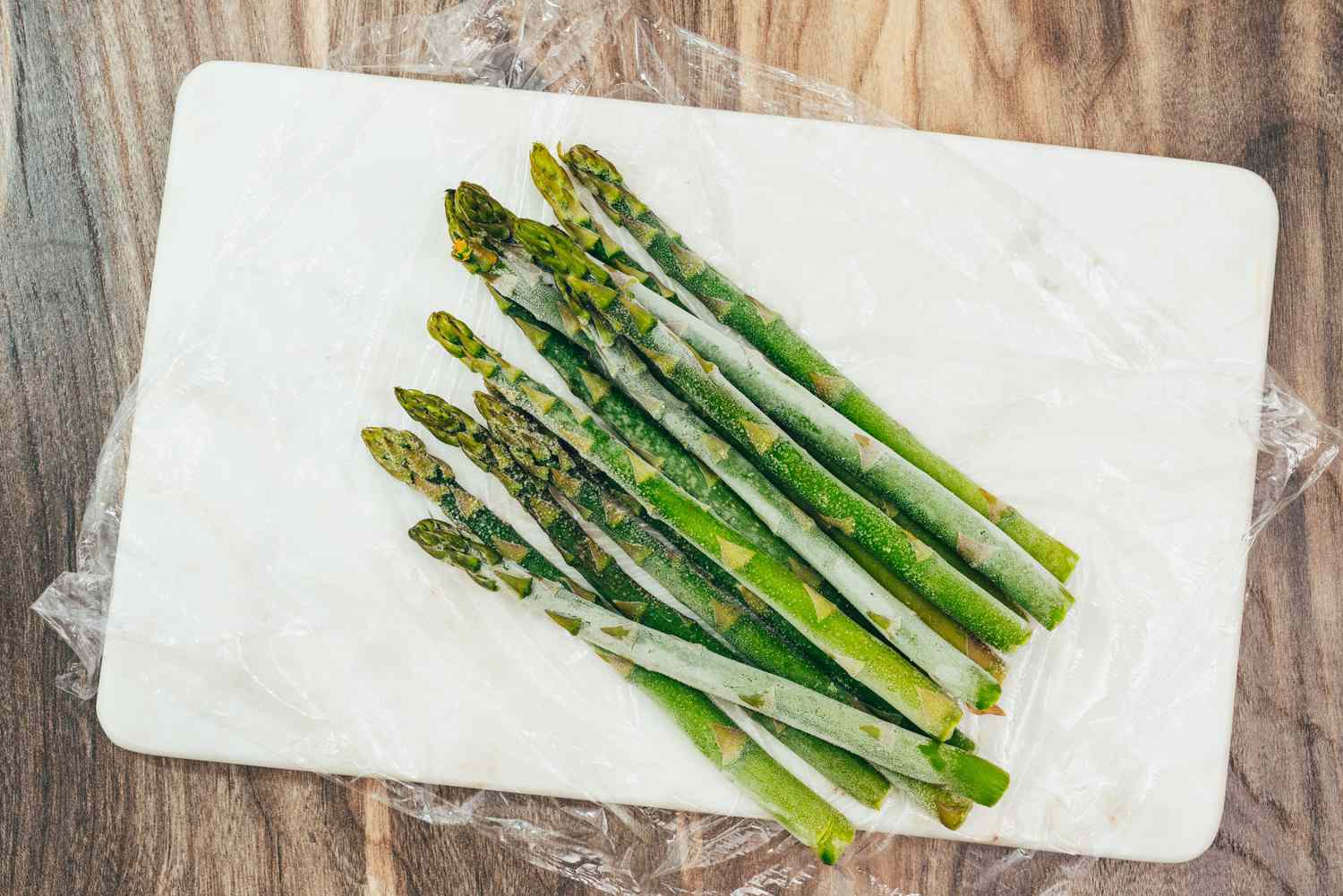

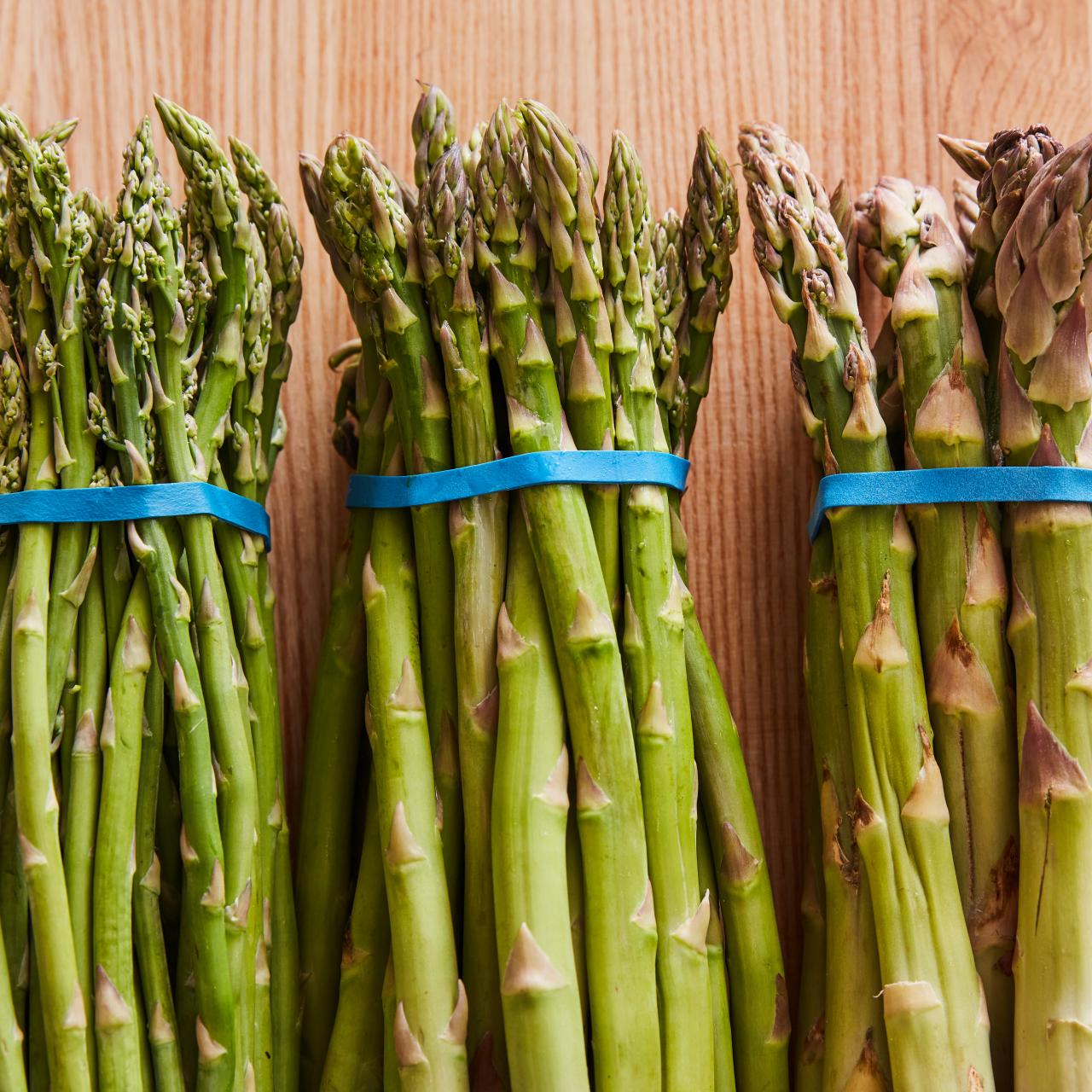


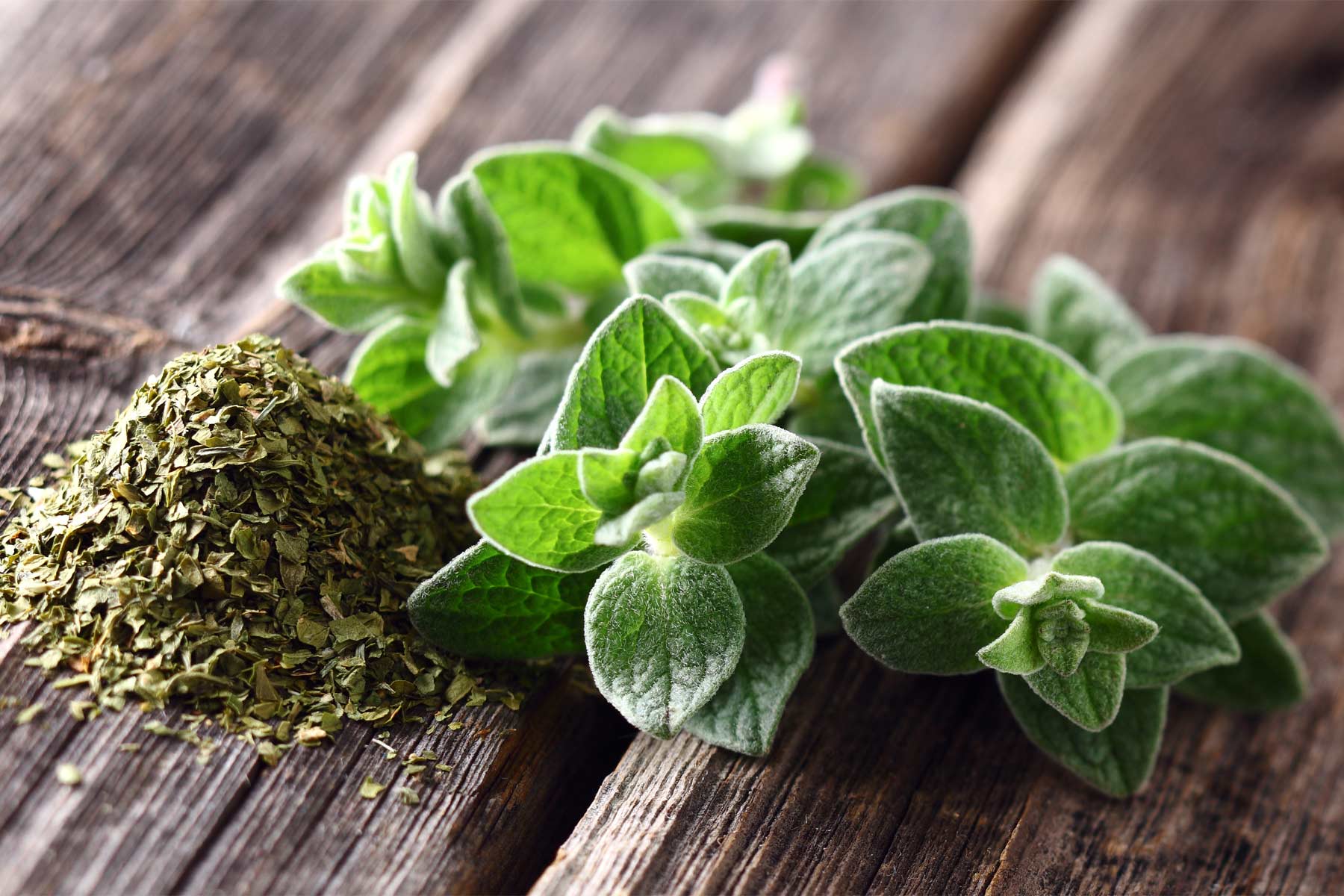
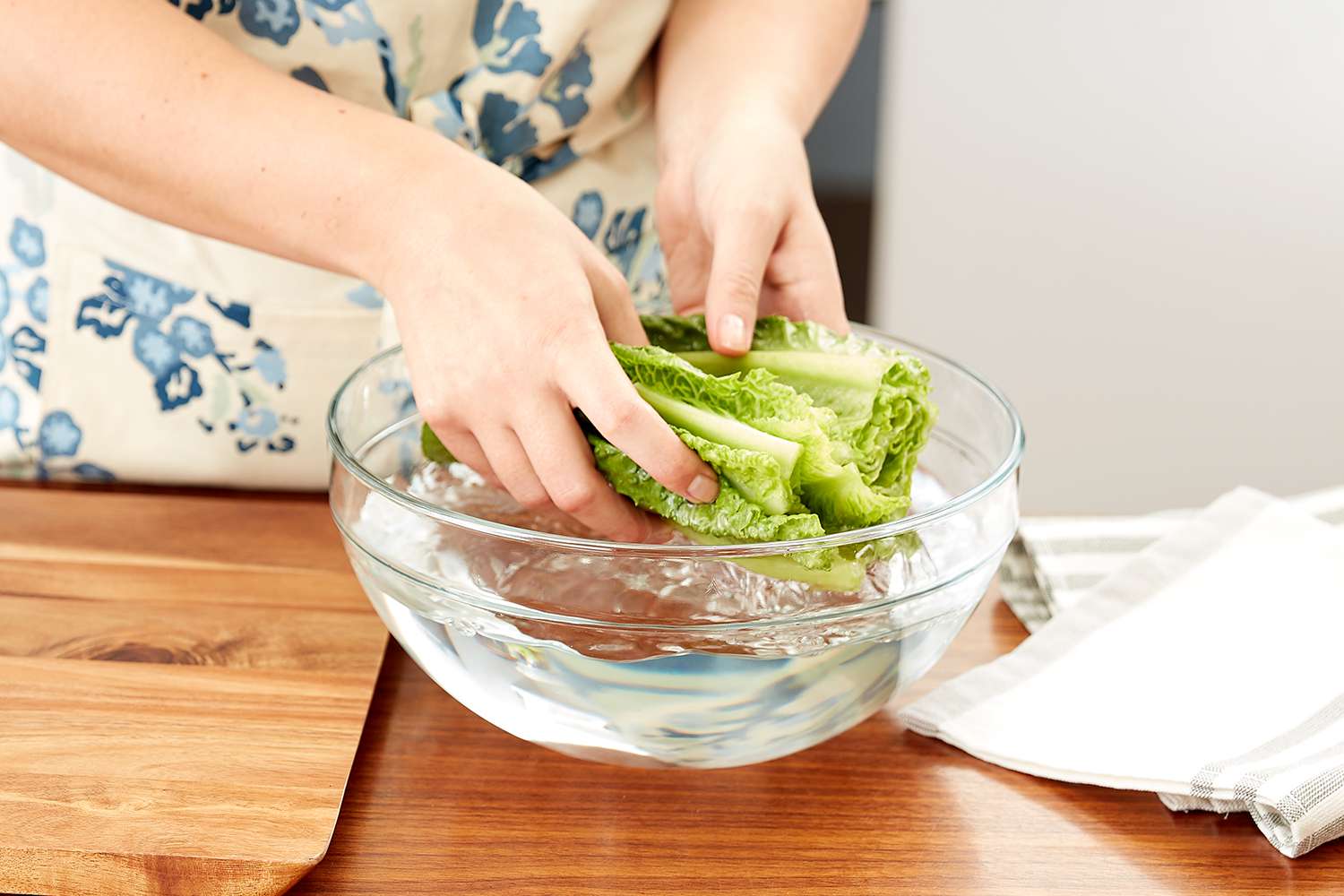
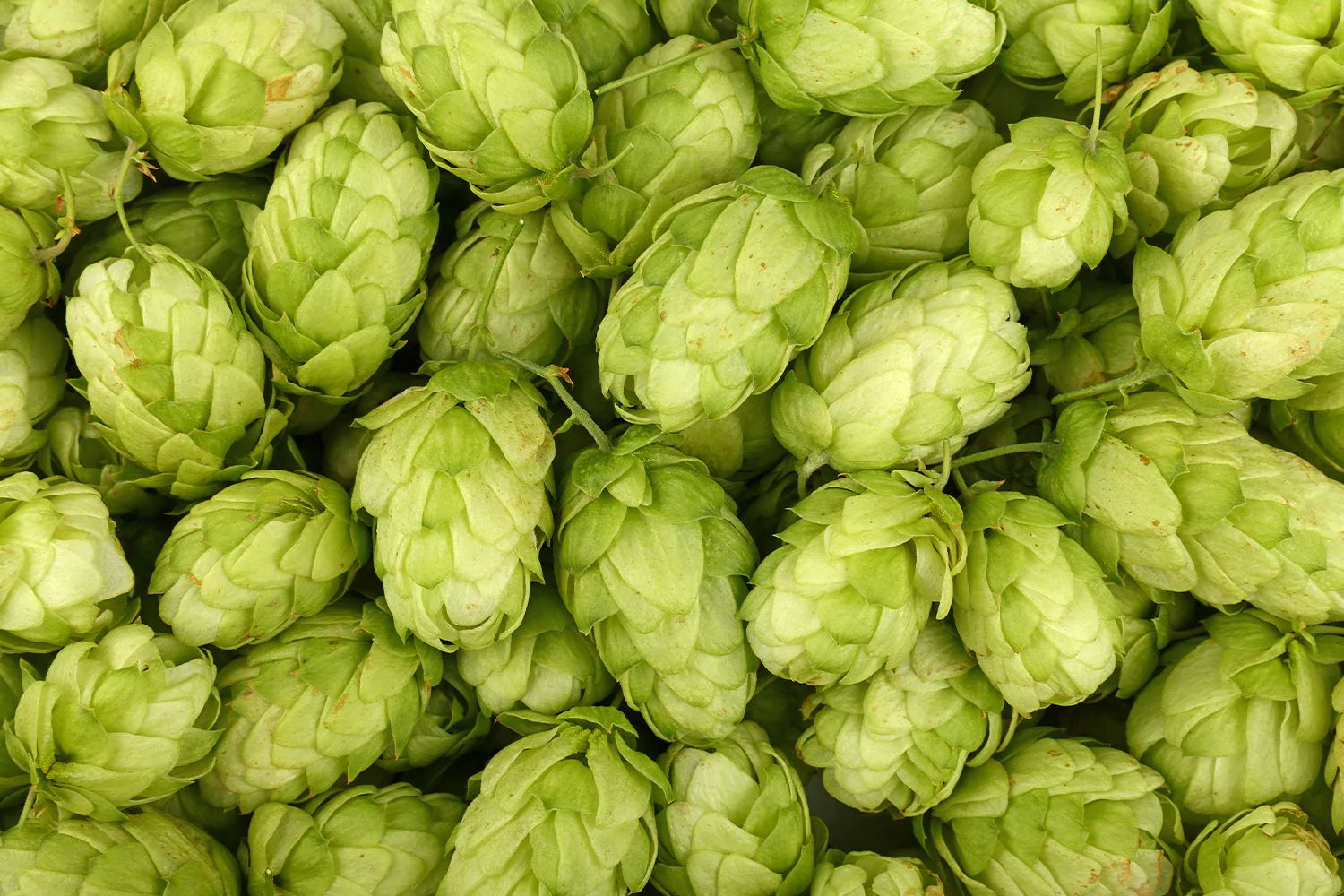
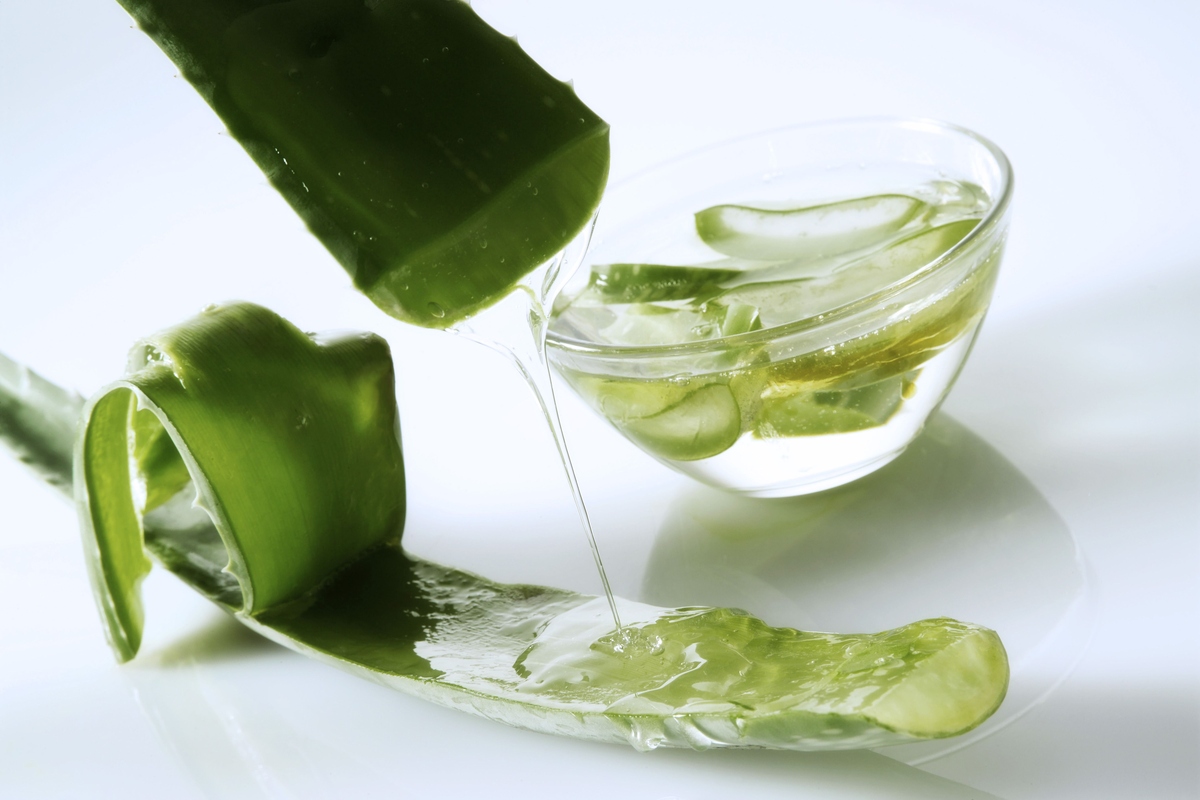

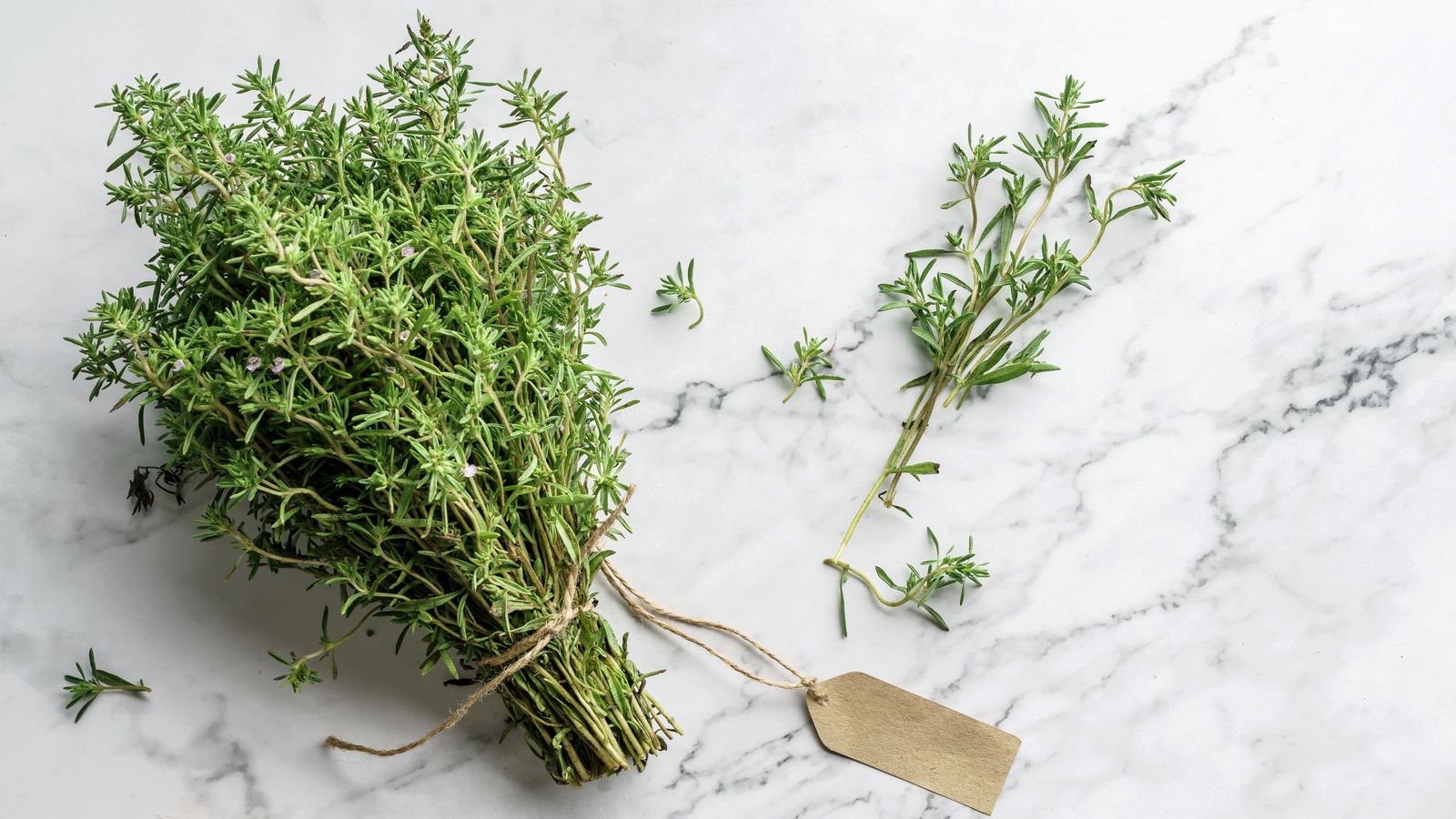


0 thoughts on “How To Store Fresh Cut Asparagus”